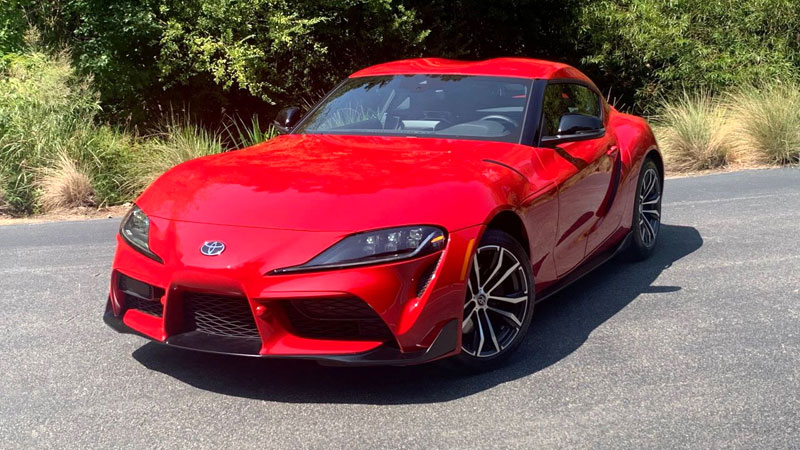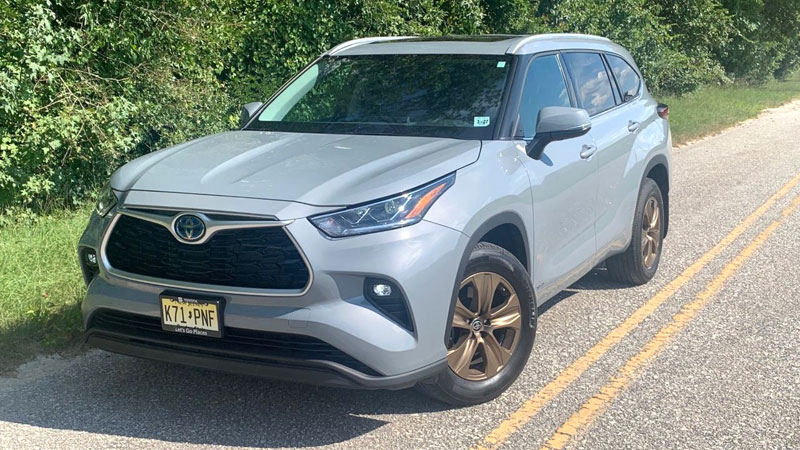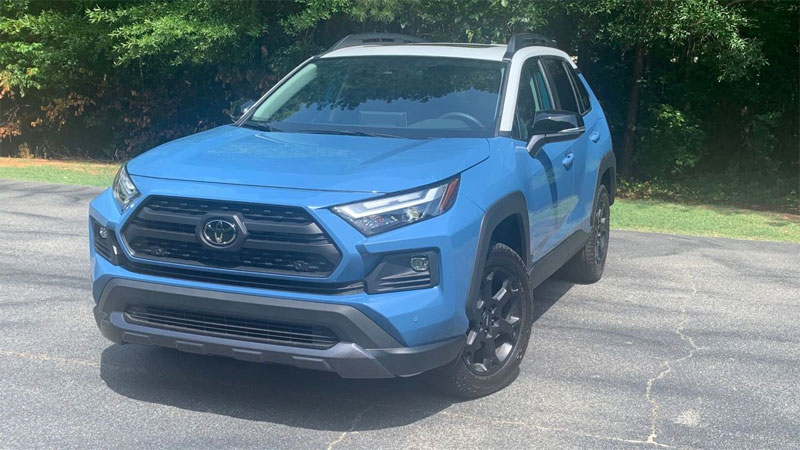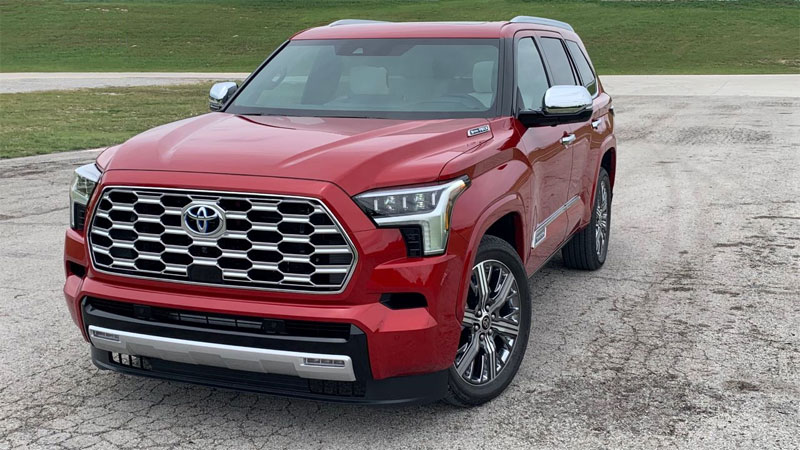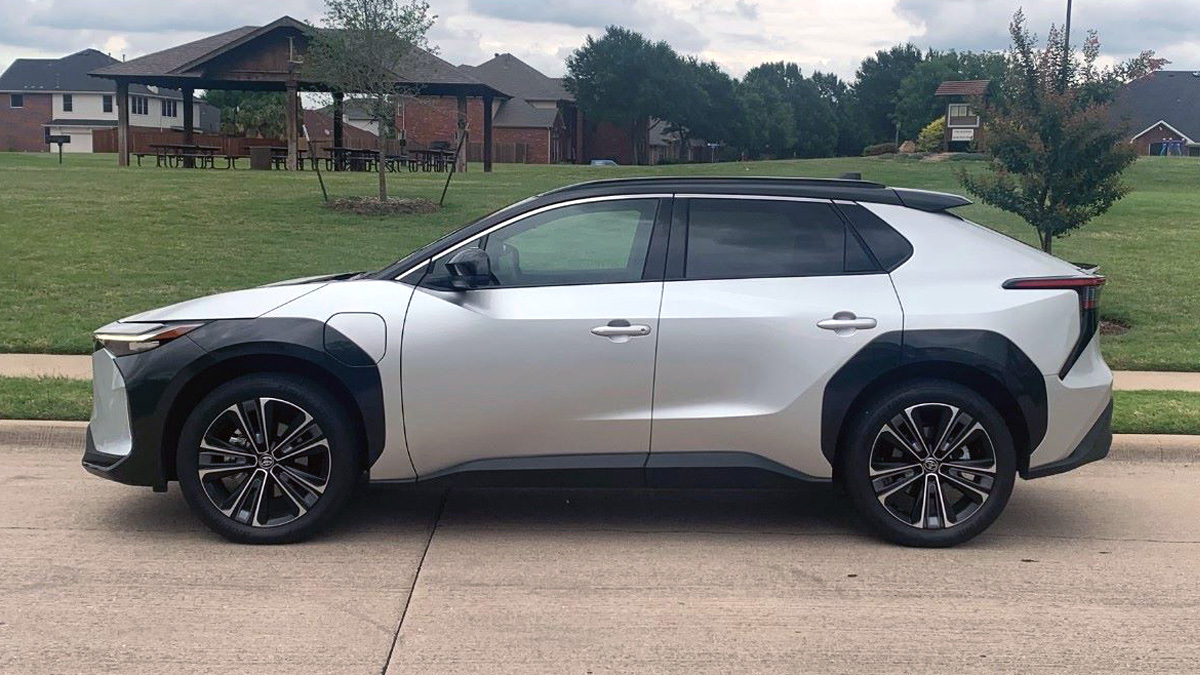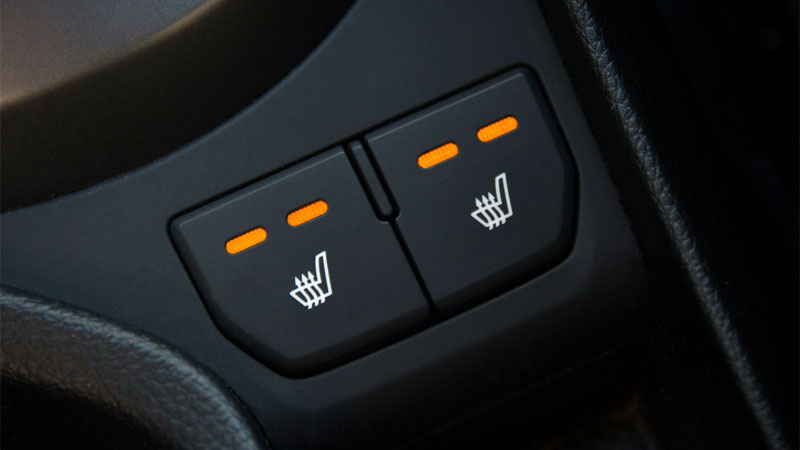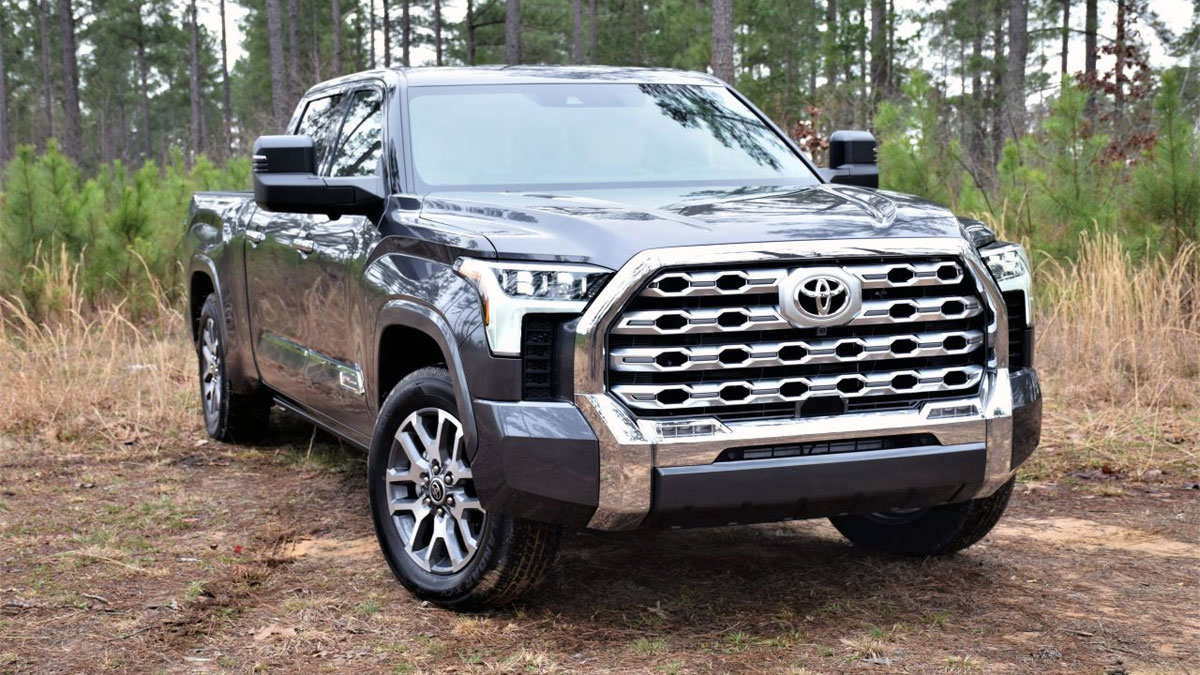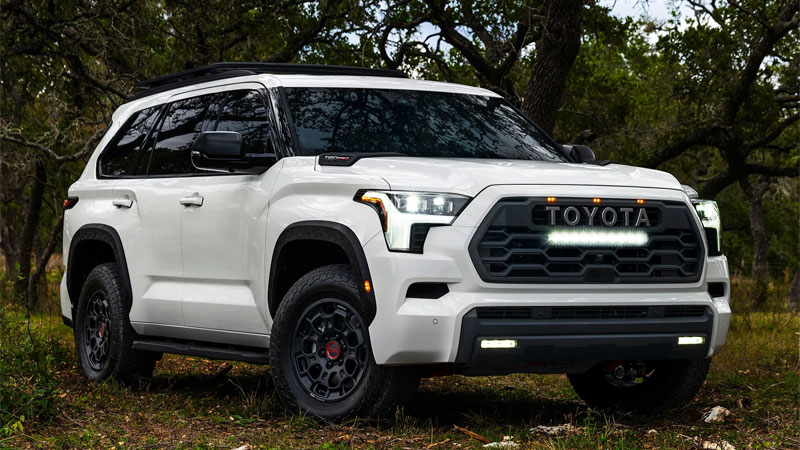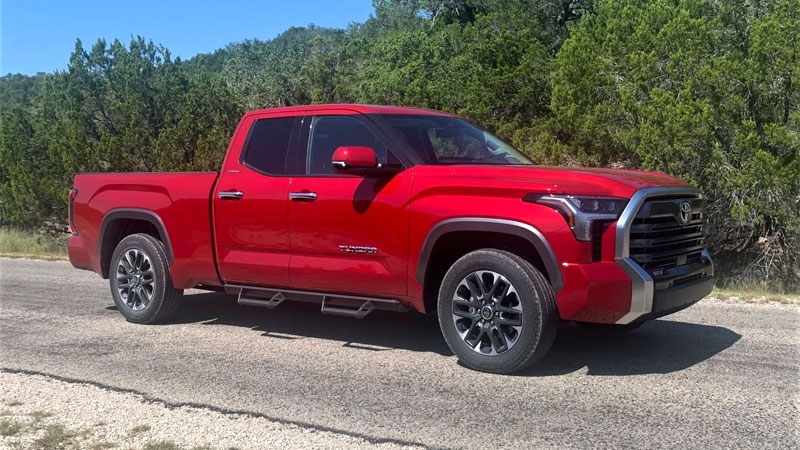Behind the Wheel of a 2023 Toyota GR Supra
In an age where electrified vehicles enjoy enormous recognition, it’s refreshing when manufacturers remember traditional enthusiasts. The Toyota GR Supra is a modern sports car from the world’s leader in hybrid technology, a proper reminder that the internal combustion engine remains important. That Toyota pragmatically partnered with BMW to revive … Read more

